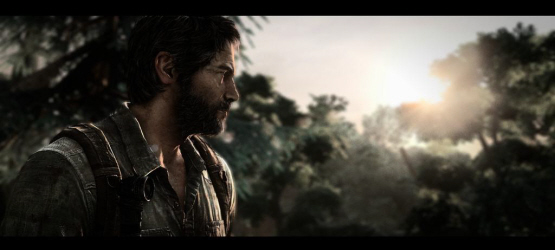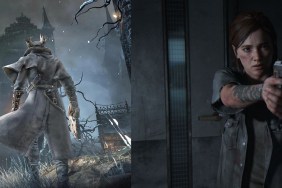Among the many upgrades Naughty Dog was able to give The Last of Us with its jump from PlayStation 3 to PlayStation 4, running at 1080p/60fps (and including a 30fps lock option) has been the most talked about.
In an interview with Complex Mag this week, The Last of Us Creative Director Neil Druckmann revealed that “the goal of hitting a solid 60fps at 1080p resolution was very ambitious. There was always a question of, ‘we might not be able to hit this.'”
The main reason they were able to hit that 1080p/60fps goal is because of the PS4’s power, and as Lead Programmer Jason Gregory said, “On PS3 we were scratching for every last kilobyte of memory that we could find to try to squeeze everything in. On the PS4 we have something on the order of like five times, ten times the amount of memory, it’s just a huge amount more.”
In fact, the PS4 is so powerful that they were able to have run The Last of Us up to 80fps, but as Druckmann explained, it wasn’t necessary:
When [we] unlock the framerate completely, most of the time it runs at 80[fps]. That’s unnecessary, because TVs don’t render at 80fps. So there’s still so much untapped power for us.
Getting the game running perfectly, though, was a challenge, with Druckmann saying, “One of the earliest things Jason showed me was just Joel, barely moving in one environment – like a test environment. Systems were broken. If you tried to pull out your gun and shoot, the game would crash.”
As we found out this week, Naughty Dog didn’t start full development on The Last of Us Remastered until February 2014 (after Left Behind was completed), and Gregory revealed that the port was “almost exclusively a programming problem,” rather than getting the entire company pitching in, as is common in a regular development cycle.
It wasn’t easy task for those programmers either, with Druckmann explaining:
I’ve seen [players] make comments like, ‘You’re just porting over. Just hit the switch. Just copy the files over and you’re done.’ It’s actually very complex, reverse engineering an engine from the bottom up and trying to match a look on very different architecture, and then trying to push that look even further. Each one of our programmers could be a rocket scientist for NASA.
Gregory then revealed how much of Naughty Dog in-house engine was used for The Last of Us Remastered:
When The Last Of Us on PS3 was finished, we almost immediately took that code base and integrated over into the branch where the PS4 Uncharted effort was going on. I’d say our engine is maybe 70% shared code, and the remaining 30 is game specific code. So when I say we were porting things over it was only that 30%.
A few weeks later, Naughty Dog was able to get a test image up and running, with Druckmann explaining that in some instances, they needed to render a different version of Joel’s hair beacause it was taking up too much power:
We have all these heuristics that show us what’s the most expensive thing [in processing power] on the screen and sometimes it’s Joel’s hair. So we’ll render a different version of the hair that has different kind of computational expense and then we can decide [we] don’t have a big loss here if we go one step down and we’ll swap it out. That’s kind of the long road you have when you’re trying to optimize a system.
Did you buy The Last of Us Remastered this week? What do you think of it?








